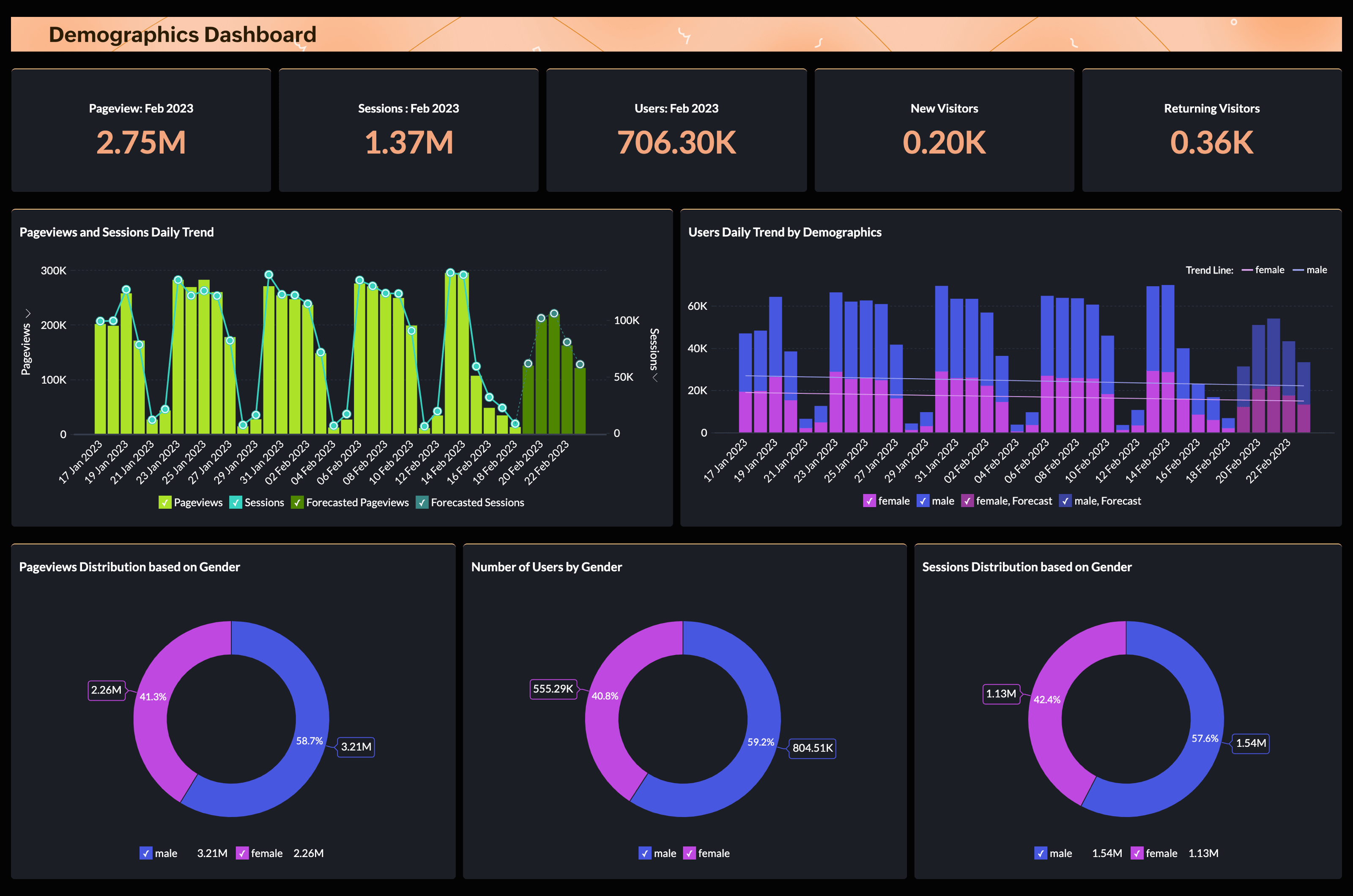Understanding What is a "Dimension" in Google Analytics for Improved Monitoring and Metrics
Wiki Article
Enhance Your Coverage Accuracy Using Google Analytics Capacities: A Comprehensive Overview

Comprehending Google Analytics Capacities
Google Analytics uses default measurements, such as "page views" and "session duration," however individuals can likewise create custom measurements to track particular information factors appropriate to their organization goals. In verdict, mastering Google Analytics dimensions is necessary for unlocking important understandings that can inform tactical decision-making and improve total performance.
Value of Information Precision
Moving beyond just recognizing Google Analytics dimensions, it ends up being noticeable that guaranteeing data precision is paramount in obtaining significant understandings and making enlightened company choices. Information precision forms the foundation upon which all subsequent analyses and decisions depend. Imprecise information can bring about mistaken final thoughts, misdirected techniques, and squandered resources. By making certain the precision of your information, you can with confidence trust the insights stemmed from Google Analytics measurements, allowing you to make educated decisions that drive business development.Information accuracy also fosters trust fund amongst stakeholders. When reports are based on reliable and specific information, decision-makers are more probable to believe in the insights presented to them. This trust fund is crucial for constructing solid relationships with associates, clients, and companions, as it demonstrates a dedication to transparency and honesty in your coverage methods.
Advanced Measurement Customization
Enhancing the deepness of information analysis within Google Analytics includes delving into the world of Advanced Dimension Personalization. This attribute allows users to develop customized measurements to more sector and analyze information beyond the default dimensions offered by Google Analytics. what is a “dimension” in google analytics?. By specifying particular specifications that pertain to your organization objectives, you can acquire much deeper understandings right into customer actions, campaign efficiency, and other crucial metricsAdvanced Dimension Modification encourages users to tailor their analytics reports to concentrate on the most vital elements of their web site or app performance. Whether it's tracking interactions with particular aspects, checking the actions of various customer sectors, or analyzing the impact Full Report of custom events, custom measurements give a effective and adaptable device for improving data analysis capacities.
Applying Measurement Filters
Structure upon the capability to personalize measurements for sophisticated data analysis, the next step in enhancing your Google Analytics insights includes the execution of measurement filters. Dimension filters allow you to fine-tune your information by including or excluding particular values, supplying a much more focused view of your website or app performance. By applying dimension filters, you can section your data to examine the behavior of particular customer teams, track the performance of specific web pages or sections, or leave out interior traffic from your records, ensuring that your insights are based upon relevant information.To carry out dimension filters in Google Analytics, browse to the Admin area, pick the Sight where you want to use the filter, and click Filters under the View column. From there, you can develop a brand-new filter, specify the measurement you desire to filter, established the filtering system problems, and use the filter to your information. By successfully using measurement filters, you can boost the accuracy and significance of your reporting, causing even more educated decision-making and improved general efficiency.
Dimension Analysis Strategies
When diving into the world of measurement analysis in Google Analytics, recognizing various strategies is vital for extracting beneficial insights. One important strategy is segmenting dimensions to isolate details subsets of information for extensive evaluation. By creating sections based upon dimensions like website traffic Source sources or individual demographics, experts can uncover trends and patterns that might not be apparent when considering the information overall.Another vital method is using personalized dimensions to track additional details about customers or communications on a site. Custom-made measurements allow for a much more granular evaluation of data, supplying much deeper insights into individual actions and choices. By establishing customized measurements for details events or user qualities, analysts can tailor their records to address details business inquiries.
Furthermore, the strategy of combining measurements can supply an extra thorough sight of individual habits. By cross-referencing dimensions like website traffic sources with individual locations or devices, experts can get a much better understanding of exactly how different factors affect customer communications on a website. Overall, mastering these dimension evaluation strategies can substantially improve the precision and deepness of reporting in Google Analytics.
Verdict
Finally, grasping Google Analytics dimensions is necessary for enhancing reporting accuracy and obtaining beneficial understandings right into user behavior. By making use of both default and personalized measurements, companies can tailor their analytics to reflect details objectives and metrics. Carrying out dimension filters permits polished evaluation, focusing on relevant information and omitting noise. Advanced segmentation and cross-referencing methods strengthen understanding, enabling informed decision-making and technique development based upon accurate, reliable details. This thorough strategy makes sure data integrity and enhances total coverage methods.Measurements in Google Analytics are the features of Your Domain Name your data, such as the source of traffic, the gadget made use of, or the geographical area of the user.Google Analytics provides default dimensions, such as "page sights" and "session period," however users can likewise create custom-made dimensions to track certain data factors appropriate to their organization objectives.Relocating past merely understanding Google Analytics measurements, it becomes evident that guaranteeing information precision is vital in acquiring significant insights and making educated company choices.Structure upon the capability to tailor dimensions for sophisticated information evaluation, the following step in optimizing your Google Analytics insights includes the execution of dimension filters. By using dimension filters, you can segment your data to evaluate the behavior of specific user groups, track the efficiency of certain pages or sections, or exclude interior traffic from your records, making certain that your insights are based on appropriate data.
Report this wiki page